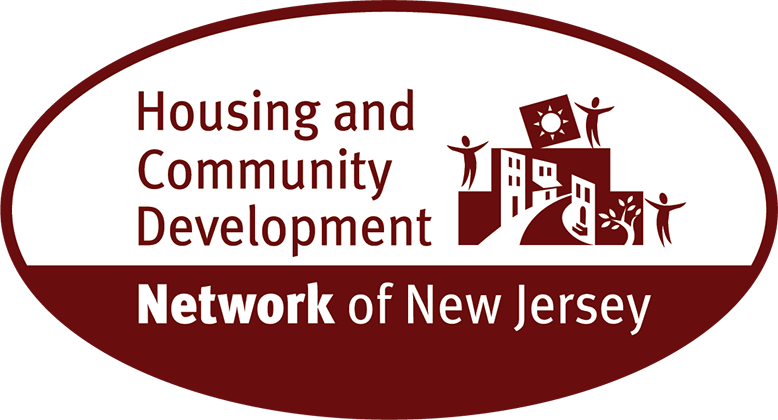| The study wasn't designed to determine how housing subsidies might directly improve health outcomes for kids with asthma. One limitation of the analysis is that families who apply for housing assistance, even if they're wait-listed, may differ from low-i |
 By Reuters (Reuters Health) - - Low-income children may have fewer asthma emergencies when their families receive housing subsidies that free up cash for health expenses, a U.S. study suggests. Among kids who had asthma attacks, those whose families received federal government housing assistance were about 25% to 30% less likely to visit the emergency room than children from households on a waiting list for housing subsidies, researchers found. "Rent subsidies might free up a family's budget to be spent on things that children need to be healthy," said study leader Michel Boudreaux of the University of Maryland, College Park. Nationwide, more than 3 million low-income families with children spend more than half their income on rent or live in substandard housing, researchers note in JAMA Pediatrics. They often struggle to afford food and other basic necessities or to pay for checkups or medicines for children with chronic illnesses like asthma, Boudreaux said by email. Unstable, unaffordable housing can compromise kids' health in other ways too, whether by exposing them to poor indoor air quality or causing excessive stress and long commutes to school, or by making it difficult for them to find safe places outside to play and exercise, the study team writes. The U.S. Department of Housing and Urban Development (HUD) assists approximately 4 million children with programs that subsidize rent for low-income families, including public housing complexes and rent vouchers, the study team notes. The goal is to ensure families don't spend more than 30% of their income on rent. For the current study, researchers examined data on 2,922 children in families currently receiving HUD benefits or on a waiting list for this assistance. Among families on the waiting list, 24% of children had been diagnosed with asthma, 46% of kids with asthma had experienced an asthma attack in the past 12 months and 61% of kids who had an asthma attack went to the emergency room for care. When families already had rental subsidies, the proportion of kids diagnosed with asthma was 4.3 percentage points lower than in families on the waiting list. The proportion of kids with asthma who experienced an asthma attack was 8.3 percentage points lower and the proportion of kids who went to the emergency room with an asthma attack was 18.2 percentage points lower. The study wasn't designed to determine how housing subsidies might directly improve health outcomes for kids with asthma. One limitation of the analysis is that families who apply for housing assistance, even if they're wait-listed, may differ from low-income families who don't seek out this help, the researchers note. As a result, the findings from this study may not apply to all children living in poverty. Still, the results suggest this might be one way to make it easier for families to afford care for kids with asthma, said Dr. Megan Sandel of Boston University, co-author of an editorial accompanying the study. "Any intervention that helps families pay bills can help with child health outcomes," Sandel said by email. "Programs to make medicine more affordable are good, but what this study emphasizes is that an affordable home is more powerful than most medicines in reducing ER usage." SOURCE: SOURCE: https://bit.ly/38AbmCd and https://bit.ly/2vUEWVJ JAMA Pediatrics, online March 9, 2020. |










